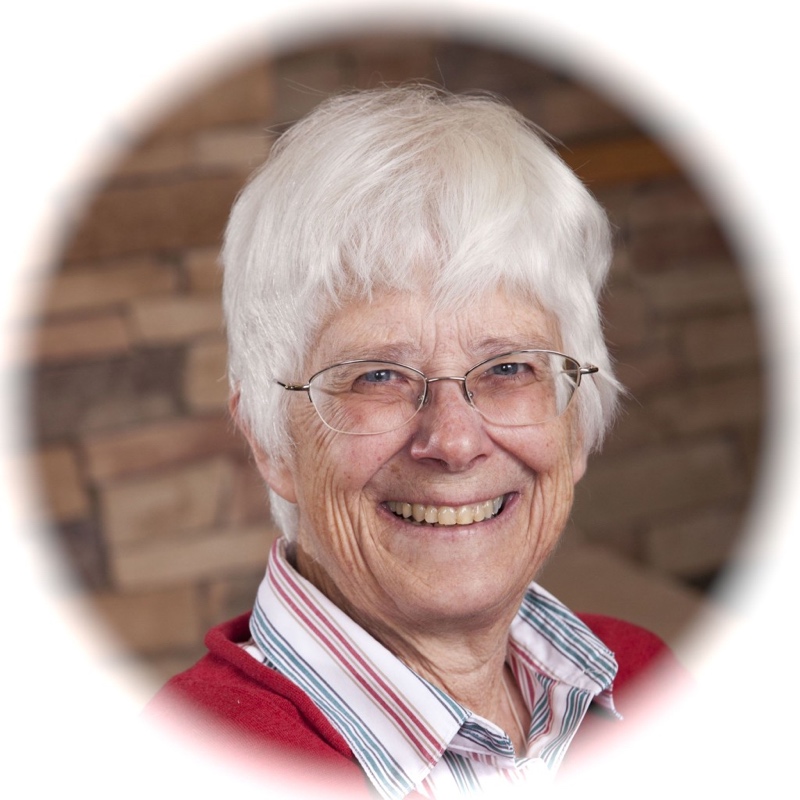DEEP CREEK
When I first read Pam Houston’s acerbic collection of short stories, Cowboys Are My Weakness, I recognized a writer who would have a long and successful career musing creatively about life and love. Five books and more than twenty-five years later, in her latest collection of essays, Houston stamps a coda on her Cowboys thesis. Deep Creek describes Houston’s love affair, not with a man or with stereotypes of men but with the mountain West. Its subtitle, “Finding Hope in the High Country,” characterizes what ensued after she bought “120 acres of tall grass and blue sage” with sweeping views of the Colorado Rockies. There, Houston ultimately understood that she could make her own life. “I could have my own ranch. I finally realized I could be the cowboy.”
Deep Creek reveals more than I knew before about Houston’s upbringing, about the uncertainties of her childhood and the insecurities of her youth. In ways she never expected, her high country ranch brought closure to how she always viewed her parents and how her early years affected her later-in-life decisions. For a quarter of a century, Houston’s ranch has been a kind of therapy, though she never says so in such a maudlin manner. She goes there to heal, and she shares that healing space with friends and animals as well.
I must admit I fell in hopeful love with her ranch, too, though I’m not certain I’d do very well coping with repetitive daily chores alongside wildfires or in below-zero blizzards. I liked Houston’s friends, however, and I especially liked her critters. Fenton, William, and Livvie, for example, Irish wolfhounds who tower over the mini-donkeys Isaac and Simon, are my kind of animal companions. Less so, the horses, sheep, and chickens who are just as personable but more alien to me. I also appreciated the ranch’s history. Across a meadow, hunkered beside a dilapidated cabin, are gravesites of early ranch inhabitants. Houston devotes a full chapter to their pioneering story. She also talks about her neighbors, Dona Blair who trusted Pam Houston with the family property, Doc the on-call veterinarian, Rick Davie who supplies certified alfalfa and hay, Randy Woods the snowplow man, and all the glorious firefighters who kept Houston’s ranch safe the very week she was paying off the last of her mortgage.
“Diary of a Fire” is the longest and most intense chapter of Deep Creek and is one of the best evocations of wildfire I’ve read in a long time. Part of the chapter takes place long-distance, as Houston pursues her teaching career from afar, refreshing internet updates in night-long sessions of impotent panic, drawing pictures of horrific flames in her imagination. Multiple dry lightning strikes make her nightmare worse, as various fire fronts come together, separate, come together, explode in size. Returning home, Houston then gets personal glimpses of the devastation while billows of smoke shroud her horseshoe valley. When monsoon rains soak the clouds, she finally sees how close fire burned.
Other chapters are just as powerful, especially Houston’s ranch almanac of the seasons. Some of these reflect the animals’ personalities; others take the reader on hikes around the property. The nearby burn area, for example, changes from charred spikes of dead trees to green shoots of a budding aspen grove. And the winter tasks are poignantly observed. Yes, Deep Creek is a fine evocation of Colorado high country and the healing power of place. It’s one of Pam Houston’s best books. That says a lot, for I have admired them all. – Ann Ronald

Photo by Mike Blakeman
Also available by Pam Houston: Cowboys Are My Weakness; Contents May Have Shifted; A Little More About Me; Waltzing the Cat; Sight Hound; Air Mail: Letters of Politics, Pandemics, and Place; A Rough Guide to the Heart; Men Before Ten A.M.
Please support your Independent Bookstores and Public Libraries.









